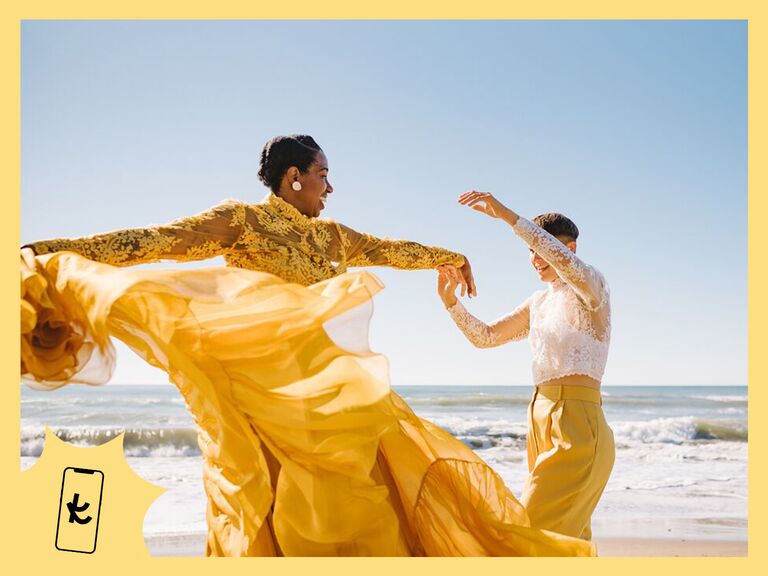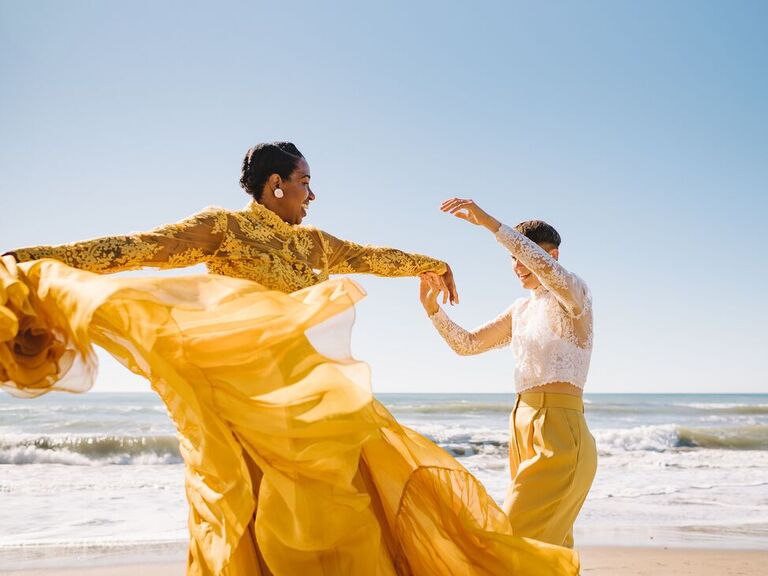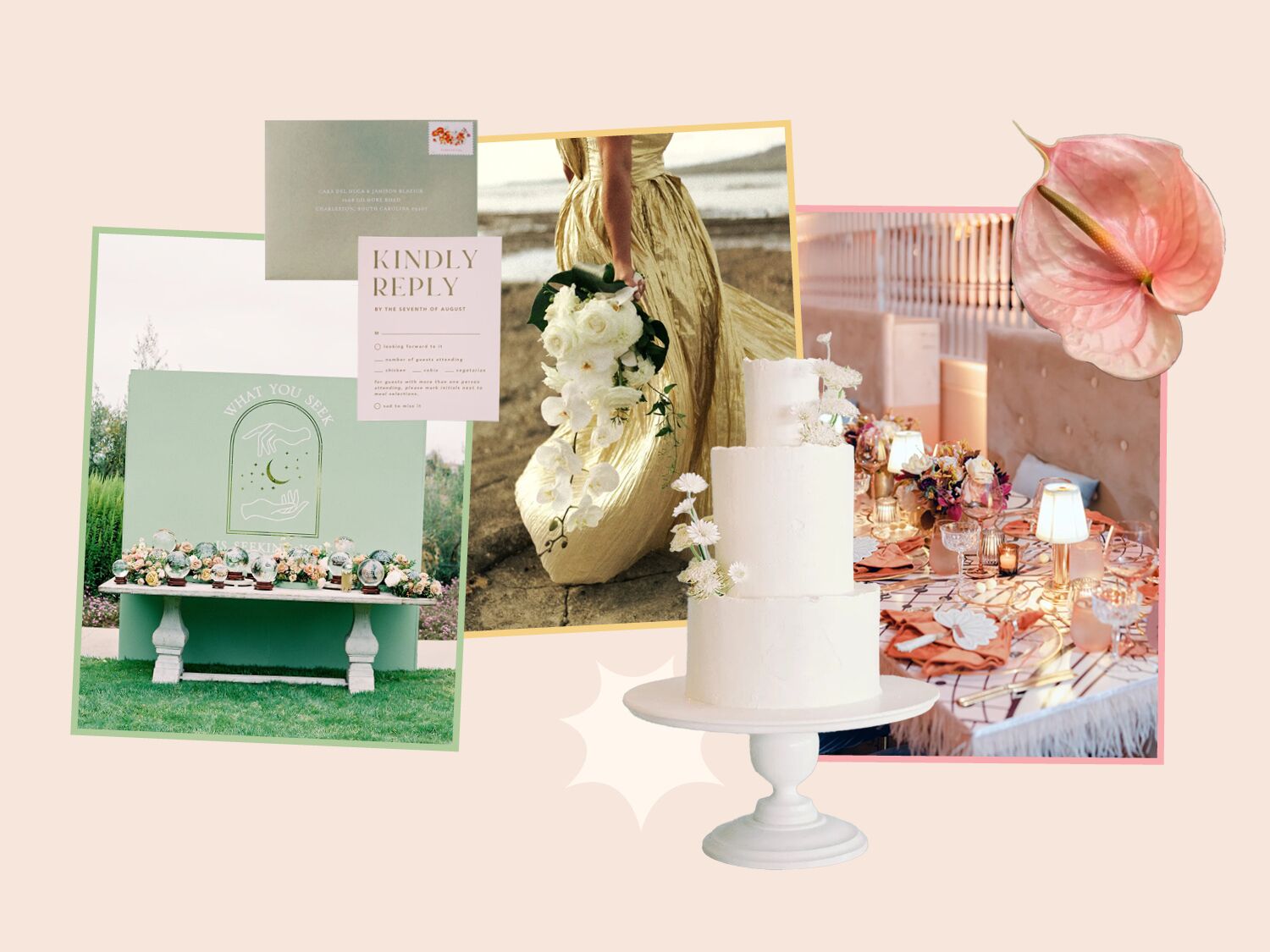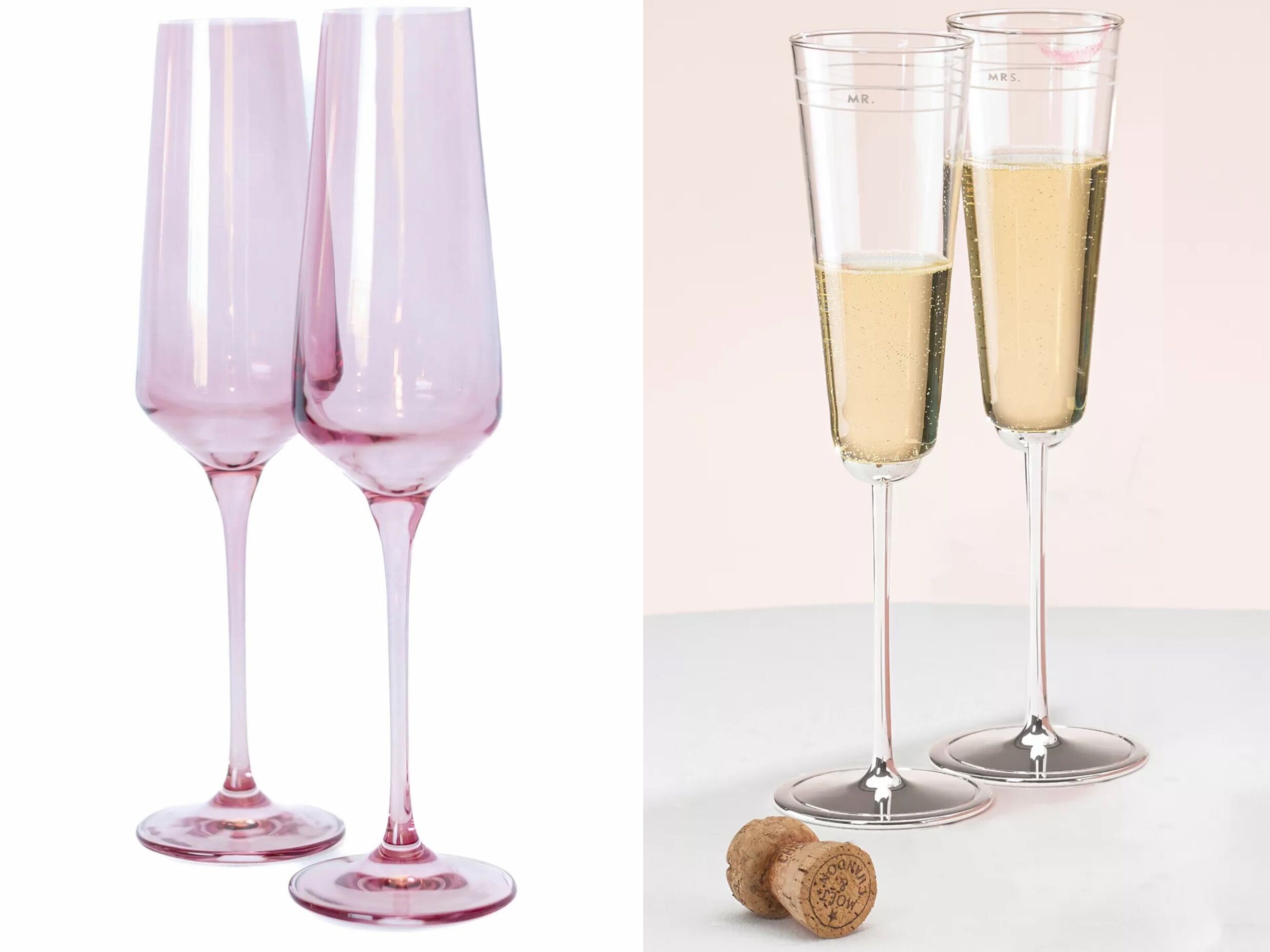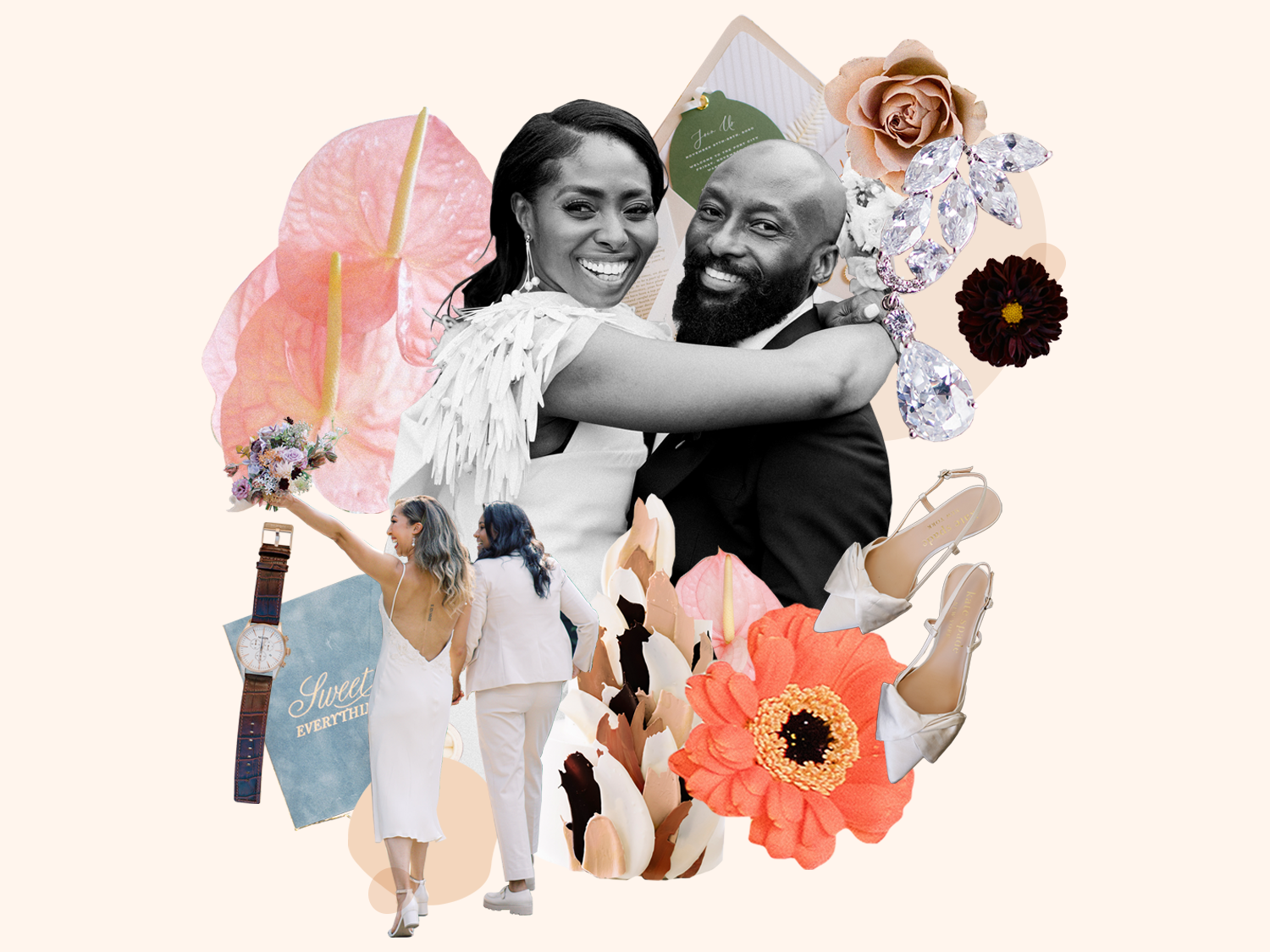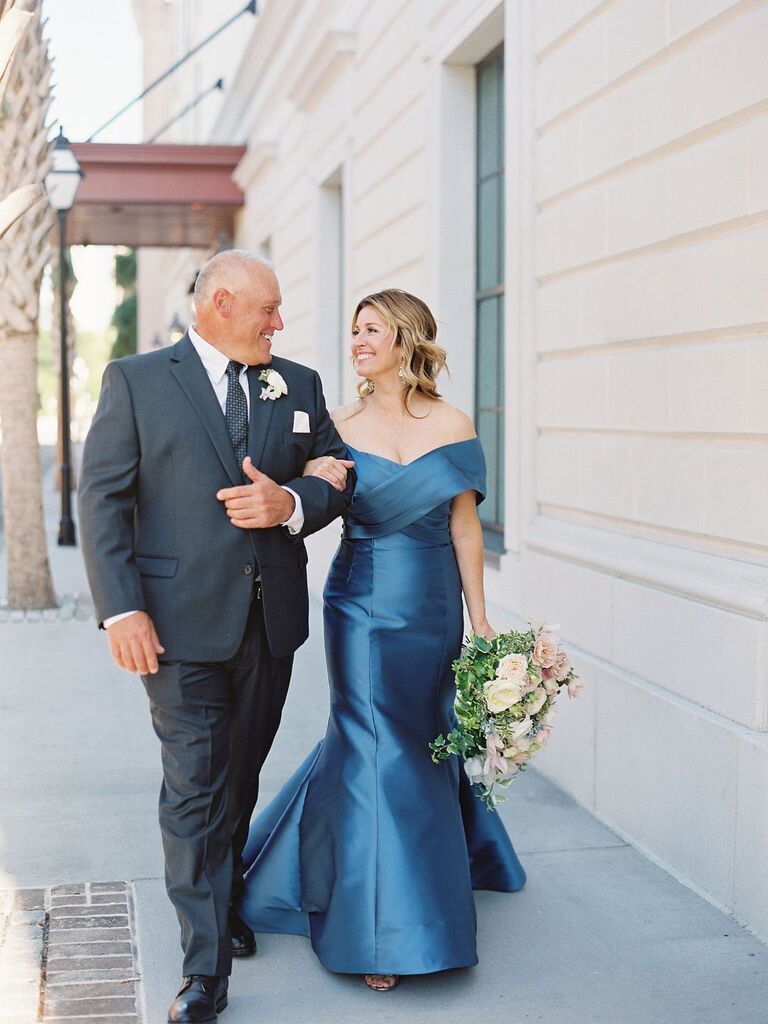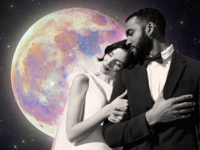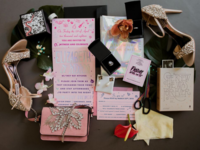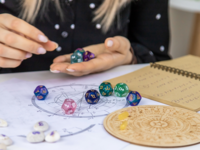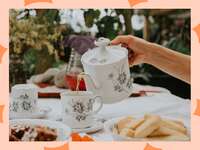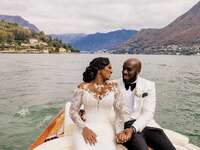These 4 Lucky Wedding Colors Are Said to Bring Good Fortune on Your Big Day
Consider certain lucky wedding colors as a special way to bring meaning and symbolism to your big day. Color has long had powerful meaning and superstition associated with it across cultures. While you can take these superstitions with a grain of salt, choosing a lucky color associated with your culture is a great way to embrace tradition—and bring a fun pop to your color scheme. Not sure where to start? Our Style Quiz can help you decide your wedding style or aesthetic. Once you've landed on a style, The Knot Vendor Marketplace can help you get in touch with wedding industry professionals who can bring your dreams to life.
We spoke to fashion and wedding industry experts, including Grace Lee Chen, founder and chief creative officer at Birdy Grey, and Brittney Campbell, founder and designer of Ciao by CC, for their expert advice on incorporating color into your wedding, as well as some various color associations across different cultures.
"Don't be afraid to experiment with color, and don't feel like you have to stick with just one shade," Chen suggests. "What matters is that your wedding incorporates colors that speak to you as a couple."
Red
Many cultures consider red to be a lucky color for a wedding for various reasons. Red is one of the most popular wedding colors in East and South Asian cultures due to its association with luck, fortune and power. However, the popularity of red as a wedding color isn't limited to Asian culture. "Red is one of the most powerful and celebrated colors across cultures," Campbell explains."For me, as a Caribbean native, red is an ode to the strength of your faith; in Chinese culture, it represents good fortune and prosperity; and in Indian cultures, it symbolizes power and purity." Lucky for you, red is also noted as one of 2025's latest wedding color trends.
Yellow
While sunny, bright shades of yellow are associated with happiness, the color also has some important cultural associations to consider on your wedding day. "In Chinese and African culture, this is associated with wealth and royalty," Campbell shares. "In Latin culture, this also symbolized abundance!"
While certain cultures may deem yellow a bad luck wedding color, the meaning varies depending on your culture, so consider any wedding superstitions you may have in context. At the end of the day, defining the kind of wedding to have is up to you, so you get to decide the color association that makes sense to you. "There are certain colors that are considered 'unlucky,' but it's your day to embrace your vision and create a color palette you love," Chen shares. "Red is known to be taboo to wear as a wedding guest, though I've seen lots of people tastefully breaking traditions!"
Gold
It's no surprise that gold is associated with wealth and good fortune, making it a lucky wedding color across many cultures. When choosing your wedding colors, you can opt for metallic colors for bridesmaid dresses or even as a pop of color on your own wedding dress. This color is commonly used in Chinese weddings in addition to the traditional red color for a lucky color combination for a wedding. Consider layering up on gold jewelry as a way to perfectly land your wedding vibes with this lucky color in mind. Pro tip: Double up on the lucky vibes and consider planning your day around lucky wedding dates.
Blue
In Western culture, tradition says that a bride should wear "something old, something new, something borrowed and something blue" on her wedding day. This tradition was originally thought of as a way to ward off evil—think of the Southern tradition of "haint blue" porch ceilings that are said to ward off evil. Additionally, this color is often associated with love, purity and fidelity. Brides traditionally wore something blue hidden under their dress when this practice originated, but many brides today choose to let their something blue take center stage with colorful accessories and shoes—a la Carrie Bradshaw's iconic blue Manolo Blahnik heels—or may even opt for a blue dress.
A blue wedding color scheme also has cultural associations with Korean weddings. "Being Korean, I'm especially drawn to the beautiful colors we use in traditional weddings, specifically red and blue that signify balance," Chen explains. "Pyebaek is a Korean wedding tradition, where the groom wears a blue hanbok and the bride wears a red hanbok. Though not every couple participates in this tradition in the US, what is common—and also traditional—is for the mother of the groom to wear a blue hanbok, while the mother of the bride opts for a pink hanbok. So as a guest, you know immediately who the parents of the bride and groom are, which I love!"
